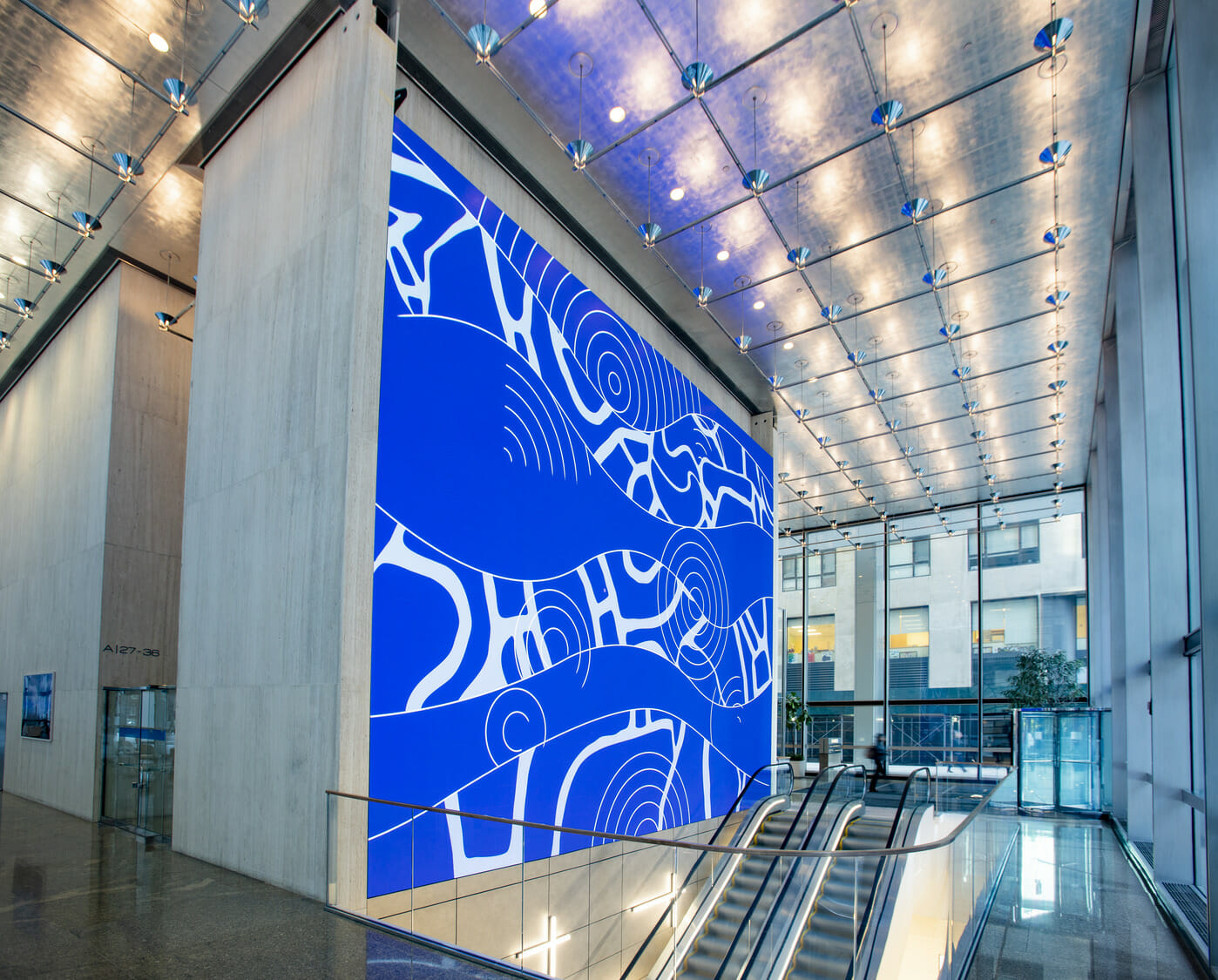Exploring The Way Definition Influences the Performance and Aesthetic Quality of Light Emitting Diode Walls in Modern Exhibition Technology
Exploring The Way Definition Influences the Performance and Aesthetic Quality of Light Emitting Diode Walls in Modern Exhibition Technology
Blog Article
LED walls are becoming increasingly common in various settings, from musical events and athletic competitions to corporate presentations and art installations. One of the key crucial factors that influence the performance and visual quality of these screens is image clarity. Image resolution denotes the number of picture elements that compose the visual on the display. Increased resolution means more pixels, which can lead to clearer and crisper images. Grasping how image clarity impacts LED screens can assist operators make informed decisions about their display requirements.
When discussing resolution, it is essential to take into account picture spacing, which is the gap between the midpoint of one pixel to the center of the next pixel. A smaller pixel pitch results in a higher resolution, allowing for more detail in the visuals shown. For instance, an LED wall with a pixel pitch of 1.5mm will provide a clearer image than one with a picture pitch of 3mm. This is especially crucial in settings where audiences are close to the screen, such as in a compact location or a exhibition show booth. In these situations, a higher image clarity can greatly improve the viewing experience.
Another factor of image clarity is its impact on hue precision and luminosity. LED walls with higher image clarity often have better color reproduction, meaning that the colors displayed are increasingly lively and true to life. This is essential for applications like advertising, where the goal is to attract interest and communicate a message effectively. Additionally, greater image clarity displays can maintain brightness levels even when viewed from various perspectives. This is important in big venues where viewers may be seated at various ranges and positions from the screen.
The performance of LED walls is also affected by image clarity in terms of update frequencies and reaction durations. A greater resolution display can support faster refresh rates, which is crucial for dynamic material such as videos and motion graphics. This means that the images on the screen will appear smoother and more fluid, improving the total observing experience. In comparison, reduced image clarity screens may have difficulty with dynamic material, resulting in blurriness or lag. Therefore, for events that rely on high-energy visuals, selecting a screen with a appropriate image clarity is vital.
In summary, resolution plays a vital role in determining the performance and visual quality of LED walls. Elements such as picture pitch, color accuracy, brightness, refresh rates, and response times all affect how efficiently a display can convey information and engage audiences. As advancements continues to progress, grasping these elements will help users select the appropriate LED screen for their particular needs, ensuring that they achieve the best potential outcomes visit this site in their displays and occasions.